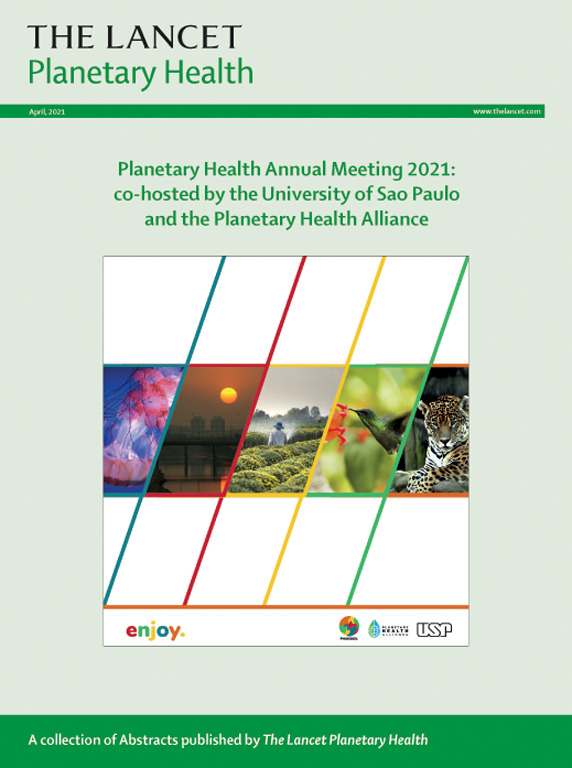Greenhouse gas impact from medical emissions of halogenated anaesthetic agents: a sales-based estimate
IF 24.1
1区 医学
Q1 ENVIRONMENTAL SCIENCES
引用次数: 0
Abstract
Background
Halogenated anaesthetic agents are potent greenhouse gases, but little is known about the trajectory of their use and their greenhouse gas impact on a global level. The primary aim of this study was to estimate the global greenhouse gas impact of halogenated anaesthetic agents over the preceding 10 years.
Methods
We obtained global medical sales data for sevoflurane, desflurane, isoflurane, halothane, and methoxyflurane from the IQVIA MIDAS database between 2014 and 2023. We calculated their annual greenhouse gas impact, expressed as carbon dioxide equivalents (CO2e), using global warming potential factors for a 100-year period. The effect of using only sevoflurane, the clinically relevant alternative with the lowest impact, was estimated by calculating the volume of sevoflurane that was needed to replace the other agents for a standard anaesthesia using a simulation software (Gas Man).
Findings
The 91 countries in the dataset represented 97·8%, 90·5%, and 66·2% of the population in high-income, upper-middle-income, and low-income or lower-middle-income countries, respectively, and covered 80·0% of the global population in 2023. The greenhouse gas impact of halogenated anaesthetic agents decreased by 27% from 2754 kilotons of CO2e (ktonCO2e) in 2014 to 2005 ktonCO2e in 2023. During the study period, the greenhouse gas impact from desflurane in high-income countries decreased by 52% from 2180 to 1053 ktonCO2e, increased in upper-middle-income countries by 151% from 125 to 313 ktonCO2e, and increased in low-income and lower-middle-income countries by 2281% from 2 to 42 ktonCO2e. By replacing desflurane, isoflurane, and halothane with sevoflurane, the global impact from halogenated anaesthetic agents in 2023 could theoretically have been decreased by 73%.
Interpretation
The global greenhouse gas impact from halogenated anaesthetic agents is falling due to lower use of desflurane in high-income countries. Efforts to reverse the increased use of desflurane in middle-income countries are needed. Replacing desflurane and isoflurane with sevoflurane constitutes an opportunity to markedly reduce the greenhouse gas impact from halogenated anaesthetic agents.
Funding
The Thelma Zoega Foundation, The Anna and Edwin Berger Foundation, Region Skåne, and a Swedish Government grant for clinical research within the Swedish National Health Service (ALF).
求助全文
约1分钟内获得全文
求助全文
来源期刊

Lancet Planetary Health
Multiple-
CiteScore
28.40
自引率
2.30%
发文量
272
审稿时长
8 weeks
期刊介绍:
The Lancet Planetary Health is a gold Open Access journal dedicated to investigating and addressing the multifaceted determinants of healthy human civilizations and their impact on natural systems. Positioned as a key player in sustainable development, the journal covers a broad, interdisciplinary scope, encompassing areas such as poverty, nutrition, gender equity, water and sanitation, energy, economic growth, industrialization, inequality, urbanization, human consumption and production, climate change, ocean health, land use, peace, and justice.
With a commitment to publishing high-quality research, comment, and correspondence, it aims to be the leading journal for sustainable development in the face of unprecedented dangers and threats.
 求助内容:
求助内容: 应助结果提醒方式:
应助结果提醒方式:


